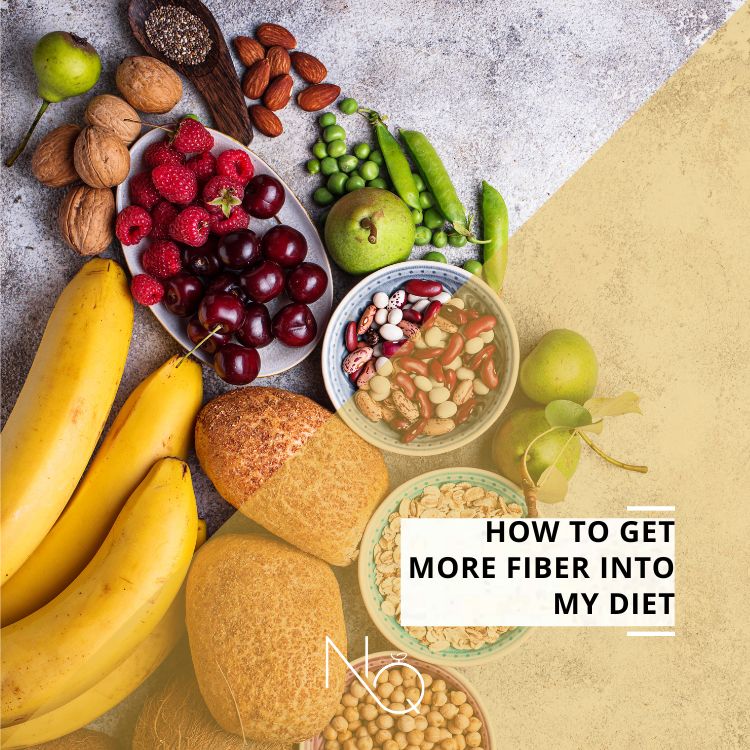Fiber has several positive effects on the body and can protect against various diseases, including cardiovascular disease, stroke, type 2 diabetes, and bowel cancer. Let's explore how much fiber we should consume daily and how to increase it in our diet.
Daily Fiber Recommendations
The general recommendation is 20-35g of vegetable fiber per day or 10-13g per 1000 Kcal. The US National Academy of Sciences, Institute of Medicine (IOM), offers specific guidelines:
- Adult men: 38g per day
- Adult women: 25g per day
- Men over 51 years: 30g per day
- Women over 51 years: 21g per day
- Children over 2 years: (Child's age + 5) g of vegetable fiber per day
- Adolescents: 25g-30g per day
Importance of Fiber in the Diet
A high fiber intake is associated with a reduced risk of type 2 diabetes, cardiovascular disease, stroke, and bowel cancer. Fiber promotes a feeling of fullness, aiding in weight management, and helps with digestion and prevents constipation and related conditions (eg, hemorrhoids, anal fissures). They control cholesterol and affect blood sugar levels.
Increasing Fiber in the Diet
- Enhance your breakfast with fiber-rich foods like whole grains, oats, chia seeds, buckwheat, and fruits or nuts.
- Opt for pasta, cereals, and wholemeal bread, including oatmeal and brown or wild rice for added fiber.
- Consume potatoes and sweet potatoes with their skin for increased fiber content.
- Incorporate legumes into your diet 2-3 times a week, such as bean salads, lentil soup, or chickpeas with lemon.
- Add vegetables to meals, including vegetable soup, boiled greens, colorful salads, and traditional oily foods like okra, beans, and bream.
- Choose fresh fruits as snacks, in fruit salad, yogurt, smoothies, or with dried fruits. When consuming dried fruits, accompany them with other foods to reduce the risk of tooth decay.
- Diversify your fiber sources to maintain a balanced diet.
Examples of Fiber Content in Foods
- A medium fruit with peel provides 4g of fiber.
- 100g of raw vegetables offers 4g of fiber.
- 1 cup of cooked legumes gives 15g of fiber.
- A handful of nuts provides 2g of fiber.
- 100g of oats offers 10g of fiber.
- 100g of brown rice contains 3.5g of fiber.
- 100g of corn provides 7g of fiber.
Sample Day's Diet and Fiber Calculation:
Breakfast: Two slices of wholemeal bread (6.5g), a banana (1.5g), and ½ pint of natural orange juice (1.2g). Total: 9.2g of fiber.
Lunch: A medium baked potato with skin (4.5g), 200g of canned red beans (14g), and 1 apple (1.2g). Total: 19.7g of fiber.
Dinner: One portion of vegetable curry (7g) with boiled whole grain brown rice (2.5g) and yogurt sauce. Total: 9.5g of fiber.
Snack snack: A small handful of unsalted nuts (4g) and 1 banana (1.5g). Total: 5.5g of fiber.
In this sample day's diet, you've achieved approximately 44g of fiber, surpassing the daily goal. Remember to gradually increase fiber intake to prevent symptoms like bloating, gas, or abdominal pain. Plant-based foods are essential for reaching your daily fiber targets.




